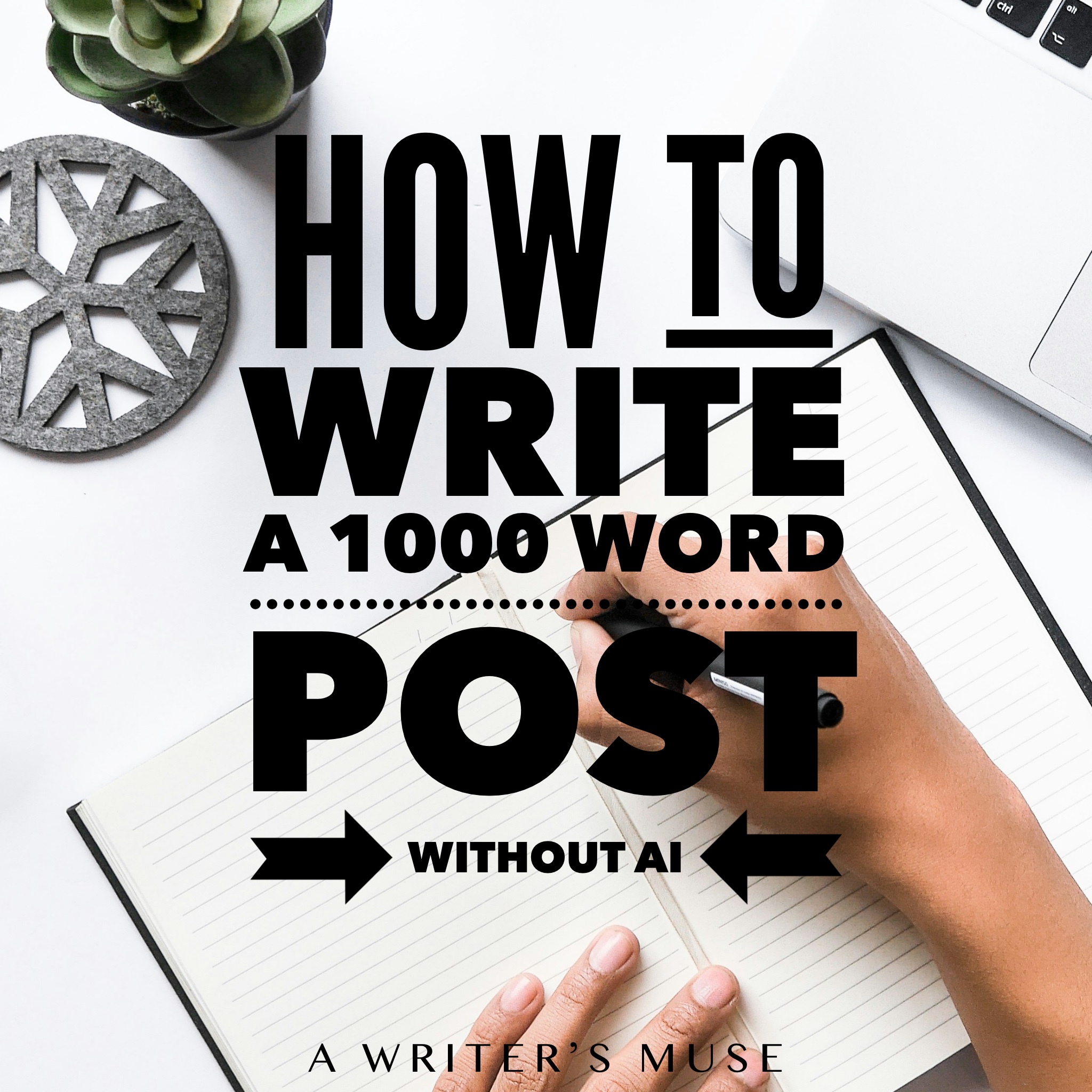When you write a 1,000-word blog post, you can either struggle to get the words out, or you can turn to AI tools like Jarvis or ChatGPT. While I know some claim to do it in ten minutes, I offer the challenge to you to do it without Jarvis, cutting several hours off your time.
If you don’t know, Jarvis was the first in a series of Artificial Intelligence writing tools created to help us as writers and bloggers to write faster.
What Jarvis essentially does is spoon-feed you an outline, complete with your keywords for the search engines. And, I admit, some days I wish I had Jarvis (I don’t), but I wonder how in the world plagiarism tools can identify people’s work if we all use AI tools!
Really, the question begs to be asked.
But, be that as it may, writing on topics for blog posts on those days when the words need to flow and the Google monster needs to be fed gets challenging. Especially when you juggle being a mom, taking care of duties at home, and working at the same time.
Being a content machine on top of everything else gets taxing. But, if you priced Jarvis, you know it costs a bit out of some people’s budget. Sure, you can get a few free posts to start, but that doesn’t cover the entire month.
So, how can you write a 1,000-word blog post FAST?
I admit, that this idea eluded me in my early blogging years. Perhaps I had too much to do. My kids were younger and I spent every night getting up with my special needs son.
So, if you are there and your Mom-brain is fogged out, this is why I am writing this for you. By the end of this more than 1,000-word blog post, I will give you a template to help you write faster.
What do you need for this project?
Well, you need either WordPress or Blogger to write your blog posts. Use the program you are most familiar with.
Also, you might have some general working knowledge of what it is that you want to write, including any photos or videos.
Let’s get started on that 1,000-word blog post!
First, use the clone link
The first thing you need to study in your blogging WordPress dashboard is the clone link. If you have Yoast (even just the free version), click on the blog posts section of your WordPress dashboard. You will notice that there is a “clone” button.
If you use Blogger, use the copy and paste method from the template, or an old post.
If you click on the clone link below any blog post you have already written, WordPress duplicates the blog post for you. Just like we can easily create templates in Canva, we can do it now in WordPress.
This copies the whole post in a new post which you can now easily edit but still maintain a workable structure.
Copy and paste the outline I gave to you and then save it as a template. Whenever you need it, clone it and add in your content.
Whether you use my template today or your own blog posts, you can easy peasy start a new blog post and fill in the details of your new blog post with your new amazing idea.
If you already tried it, you just made your own template to write a 1,000-word blog post. Or, you can download my free template here. Just copy it from the Pdf and paste it into your new post. Then, save a backup template in your new posts to copy.
Next, choose your best topic
Ask yourself if you could write a thousand words on your favorite topic. I know you could. But, now consider writing a blog post using one of the keywords used in your blog.
Did you just draw a blank? Well, that is okay, because now we plug in one or more of the keywords into Google’s search engine and web search.
Observe what pops up and see if you cannot list or identify at least one blog post topic to write about. Once you have this, you begin to plug this into your 1,000-word blog post template and get writing.
For example, if you choose a topic such as fashion, makeup, parenting, or simple living, then think about what specifically you want to write about.
Do you want to tell us how to up your fashion and makeup game? Did you want to write a list of tips? Or, how about sharing your best parenting tips when you take your kids to the grocery store?
Write your list and then fill in the template, writing with your best grammar.
Third, choose your writing delivery
This goes along with the template you already have. You might even create a list template and then a how-to template.
Using the fashion topic, you might write your tips or ideas in the following manner.
- Write a list of the best mom summer outfits
- Compare different shoe brands and their qualities
- Write a how-to on getting dressed for a job interview.
- Interview someone who works in fashion retail about the latest fashion trends
- Write a fashion makeover of your wardrobe or a friend’s wardrobe.
Choose any topic you want and just make a list of different ways you can write them. You might use lists, how-tos, or interviews. Whichever method you use, using a template helps you structure your writing in a way that delivers word counts without even trying.
Fourth, give up the details
So, just like you tell a story to your bestie, you add in all of the details your readers want to know about your topic. Describe using adjectives and adverbs to create word imagery.
If you explain a topic or give a tutorial, you need to carry your reader step by step. Put them in a wheelchair you push them to each step. Tell and re-tell as if they are right there and you need to explain every step to them.
In order for your writing to be detailed and reader-focused, you need to always have your reader in mind. Don’t assume they know anything you say. Ensure that your words are clear and direct for your reader’s comprehension of your content.
This makes your content more readable.
Fifth, link your resources
This step is only necessary if you research outside links that support the writing topic. So, if you have outside facts or resources, don’t skip this step it makes your post stand out!
If you write a nonfiction article or blog post, it helps to give your readers research details or statistics. Going back to the fashion and makeup example, add in links if you want to document cruelty-free products in a post.
This method also works well when you write about facts related to health issues or even statistics. Find a credible source that lists specific studies and/or cases done.
Google likes outside resources, so when you find a solid, credible source, such as a government website, a medical research site, or an organization that researches and lists data.
Details like these help you back up any statements of facts and make your blog post stand out as more credible.
Sixth, add in true-life stories or trivia
When you write a 1,000-word blog post filled with facts, it may get a bit dry. Add a story that supports your blog post and makes it more relatable.
Not only does this make your blog post even more interesting, but it also helps your reader apply the knowledge you share to their own lives and make it part of their understanding.
If you want to teach someone something, make it relatable to the world as they know it. In other words, tell them your story, and they will remember you and what you said before the facts you told them! As a former teacher, I really know this to be true.
Further, are you a fact buff? Did you memorize the Guinness Book of World Records all by yourself?
While you may not want to share everything you know, you might want to add in a neat trivia fact to make a point or illustrate your explanations.
While it may not be necessary to include a URL, it may be sort of fun to share what you know and where you found it.
For example, did you know that there are an estimated 31.7 million bloggers in the United States? You are in great company, and so are your blogger friends!
Seventh, know your subject
No matter what you write about, you must know your subject. If need to write a 1,000-word blog post and you know nothing about your topic, you are up a creek without a paddle.
Not only are you in the dark about the topic, but you have no real way to relate to your audience.
For example, if you know nothing about cars or fashion, then you really may not be able to relate enough to your readers.
Plus, you may not be able to fool the people reading your work, who actually do know quite a bit about the topic. They may call you out quickly or click away because you simply do not have enough understanding or experience about your topic.
In conclusion, tell Jarvis to wait
There are times to write creatively and times to stick to the outline. When writing for a blog with a purpose, you need to stick as much as you can to the outline.
Sure, you can go off-script, but keep your focus keywords in mind and you will easily spit out 1,000-word blog posts in no time. And if you go over 1,000 words, well, that is even better.
Sure, you can purchase Jarvis and do it his way. But, you can also write the simple way with a template and a drive to put the words on the screen.
Follow the steps in this post to help you and then put your skills into practice. You can write one thousand words! Just try it. Jarvis will wait. 😉

